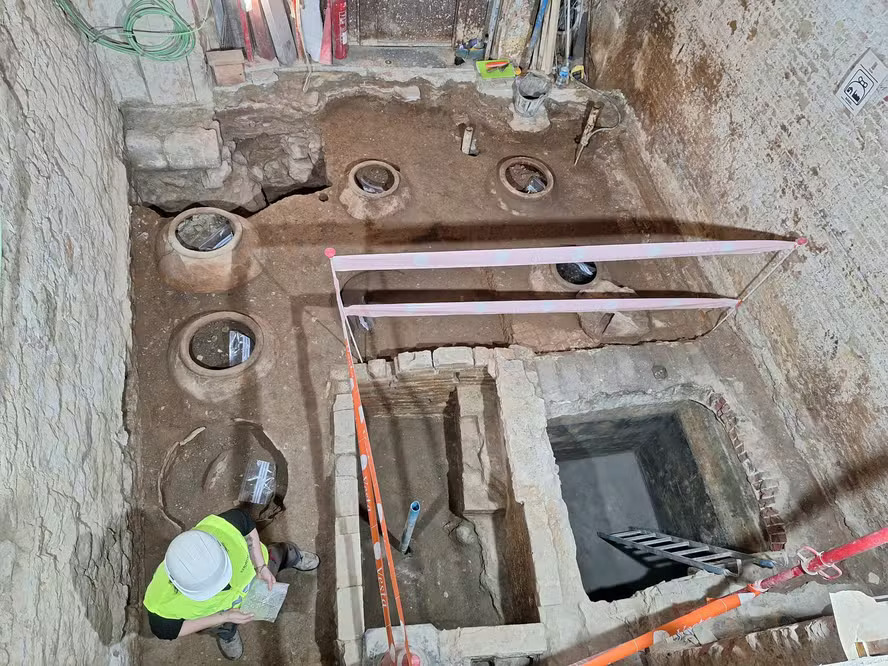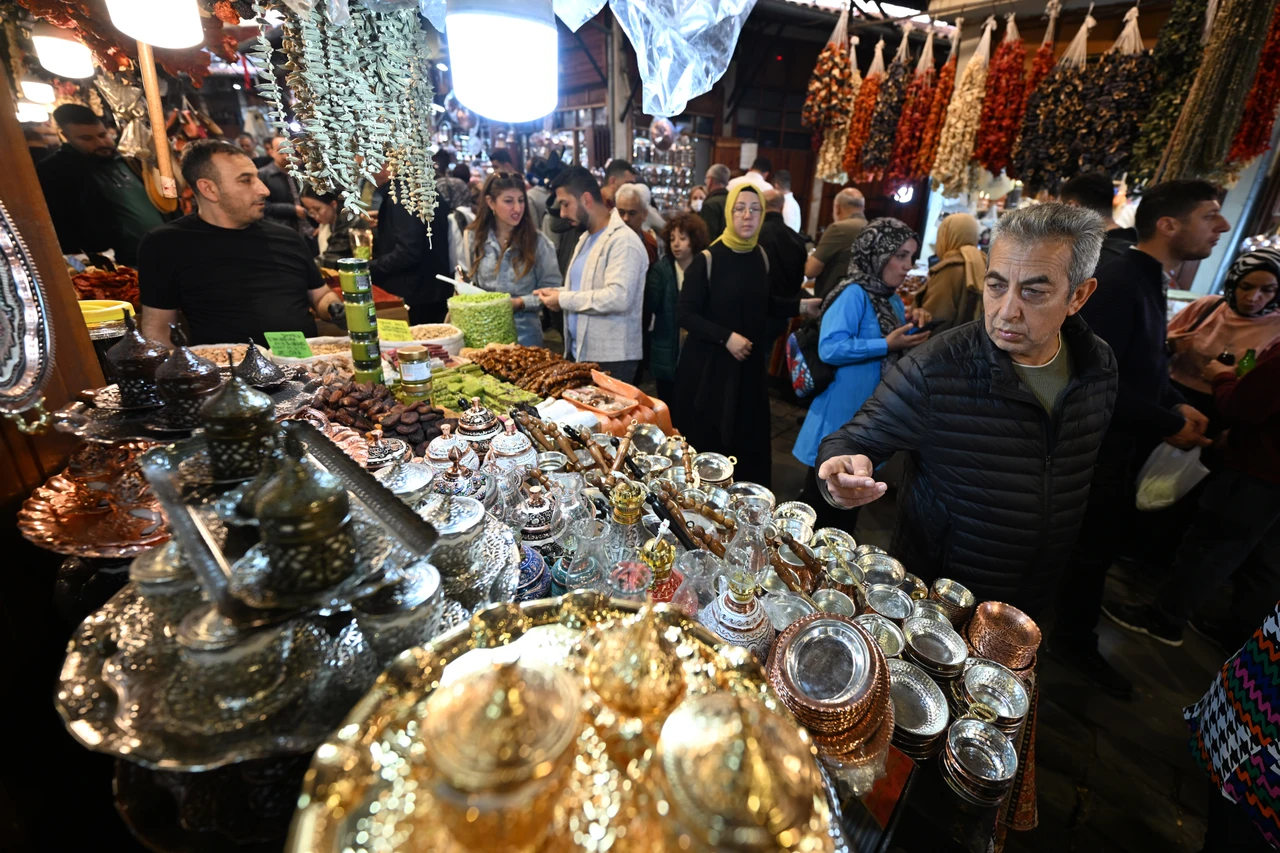19th century chocolate factory and medieval palace discovered in Barcelona

History hidden deep in the bowels of Barcelona is emerging, traces of a 19th-century chocolate factory and a 14th-century palace were found during construction
Traces of a 19th-century chocolate factory and a 14th-century palace were uncovered during the renovation of a four-story building in the Plaza de la Llana in Barcelona’s Ciutat Vella district.
The discoveries include structural elements from various historical periods. There are the remains of a 14th-century medieval mansion, a 17th-century fence and traces of a 19th-century chocolate factory.
According to evidence in historical texts, the palace belonged to the poorhouse of Barcelona Cathedral, known as Pia Almoina. Later, in the 15th century, it was converted into a boarding house called Hostal de Sant Pere and operated until the 16th century.

In 1825, after improvement works, the property was occupied by the Clemente Guardia chocolate factory. The factory is mentioned in the Almanac of the Universal Exhibition of Barcelona of 1888 for its chocolates and pastilles, as well as its vanilla and stone chocolates.
By the 19th century, the factory had become one of Barcelona’s most famous chocolatiers, selling its products throughout Spain and exporting them to Spanish-controlled overseas territories.
Archaeologists from the Archaeological Service of Barcelona (ICUB) have found many architectural elements from the factory, as well as storage containers, large pliers and lead plates used to make labels.
These discoveries further enrich Barcelona’s deep history and cultural heritage and shed light on the city’s past.
Source: Newsroom



